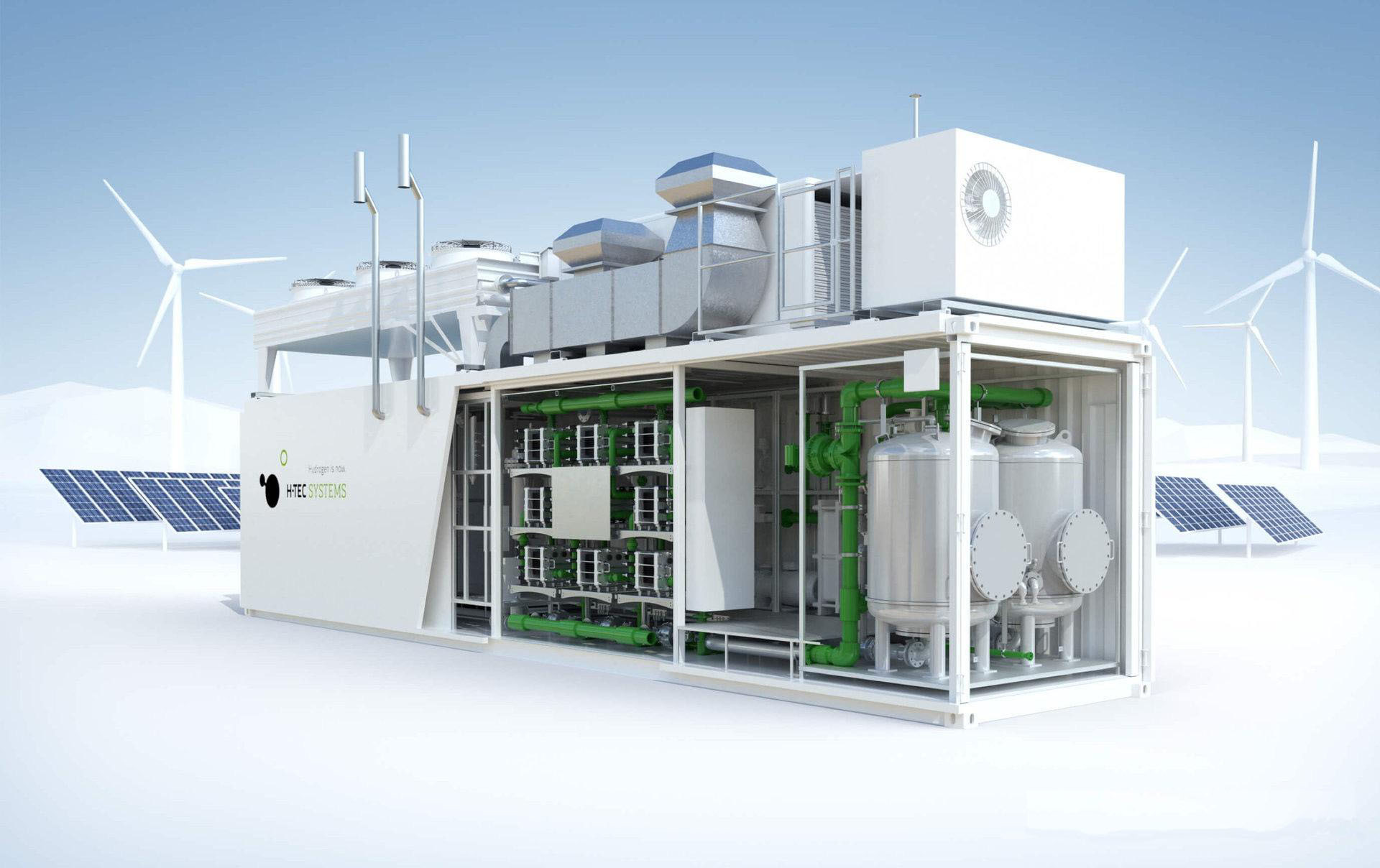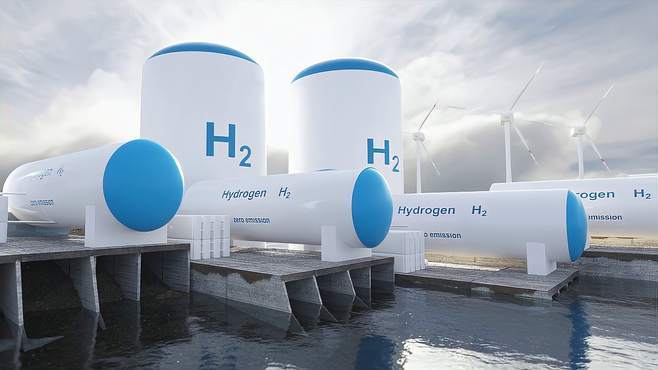In the design of hydrogen production electrolyzers, the effective electrolysis area is a core parameter that determines the electrolysis efficiency, equipment scale, and cost. Its definition is closely related to the specific type of electrolysis technology and requires targeted analysis based on the structural characteristics of different electrolyzers.
I. Definition and Role of Effective Electrolysis Area The effective electrolysis area refers to the actual active area where the electrolysis reaction occurs, that is, the effective area where the current plays a role during the electrolysis process. This parameter directly affects the current carrying capacity of the electrolyzer: the larger the area, the higher the total current.
Thus, under the same current density, the number of electrolysis cells is reduced, reducing equipment complexity and cost. When designing a 1000Nm³/h alkaline electrolyzer, the effective electrolysis area and current density together determine the total current (I = i × S), which is then used to calculate the number of cells using Faraday's law.
II. Differences in Effective Electrolysis Area in Different Electrolysis Technologies
1. Alkaline Water Electrolysis Hydrogen Production System - Role of the diaphragm: The diaphragm in an alkaline electrolyzer is only used to separate the anode and cathode chambers, transfer OH⁻ ions, and prevent hydrogen and oxygen gases from mixing; it does not participate in the electrolysis reaction. Therefore, its area is not included in
the effective electrolysis area. - Definition of effective area: The effective electrolysis area refers to the active area of the electrode. The electrode surface is coated with a catalyst (such as nickel-based material), which accelerates the reaction by lowering the activation energy. The size of this area directly determines the reaction rate. For a 1000Nm³/h electrolyzer, for example,
the effective electrode area and current density (such as 3000 A/m²) together determine the total current (such as 9420A), which is then used to calculate the required number of cells (such as 253 cells, increased to 280 cells after considering a margin).
2. Chlor-alkali electrolysis system - Core components: Ion exchange membranes (such as Nafion membranes) not only isolate the anode and cathode, but also selectively allow Na⁺ or Cl⁻ to pass through, directly participating in the electrolysis reaction. Definition of effective area: In this case, the effective area is the area of the ion exchange membrane, as it
limits the actual area of ion transport, directly affecting the production efficiency of chlorine and hydrogen.
3. PEM/AEM electrolyzers - Structural characteristics: A membrane electrode assembly (MEA) is used, integrating the proton exchange membrane (PEM) or anion exchange membrane (AEM) with the catalyst layer. The membrane is both an ion conductor and a reaction carrier. - Definition of effective area: The
overall area of the membrane electrode assembly is the effective electrolysis area. If the membrane and electrode are independently designed (such as in early AEM electrolyzers), the effective ion exchange area of the membrane is used as the reference.
Related News











